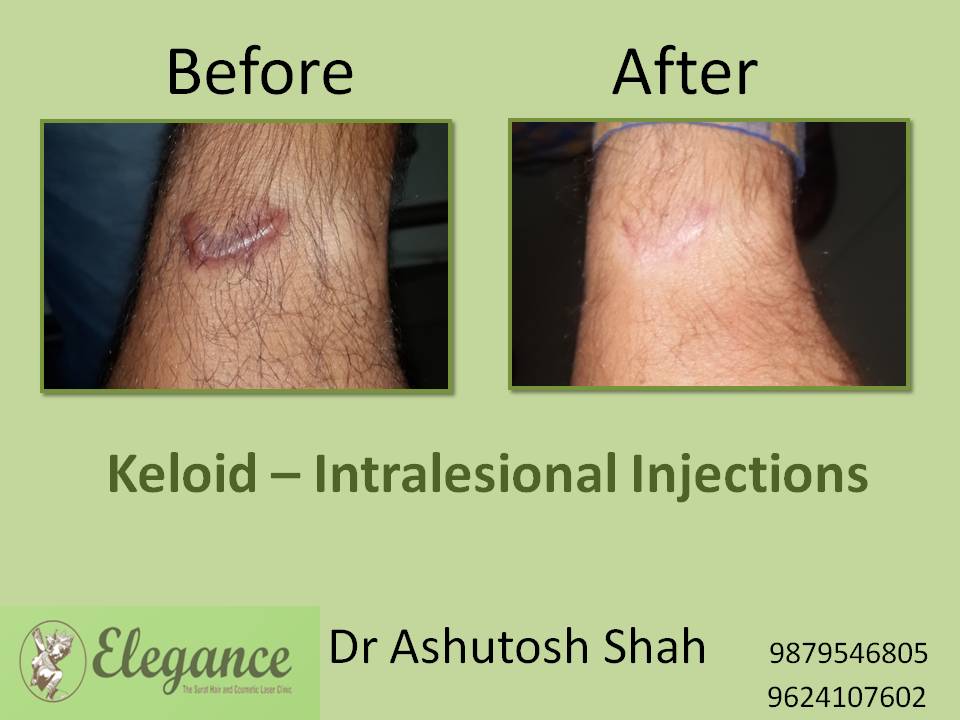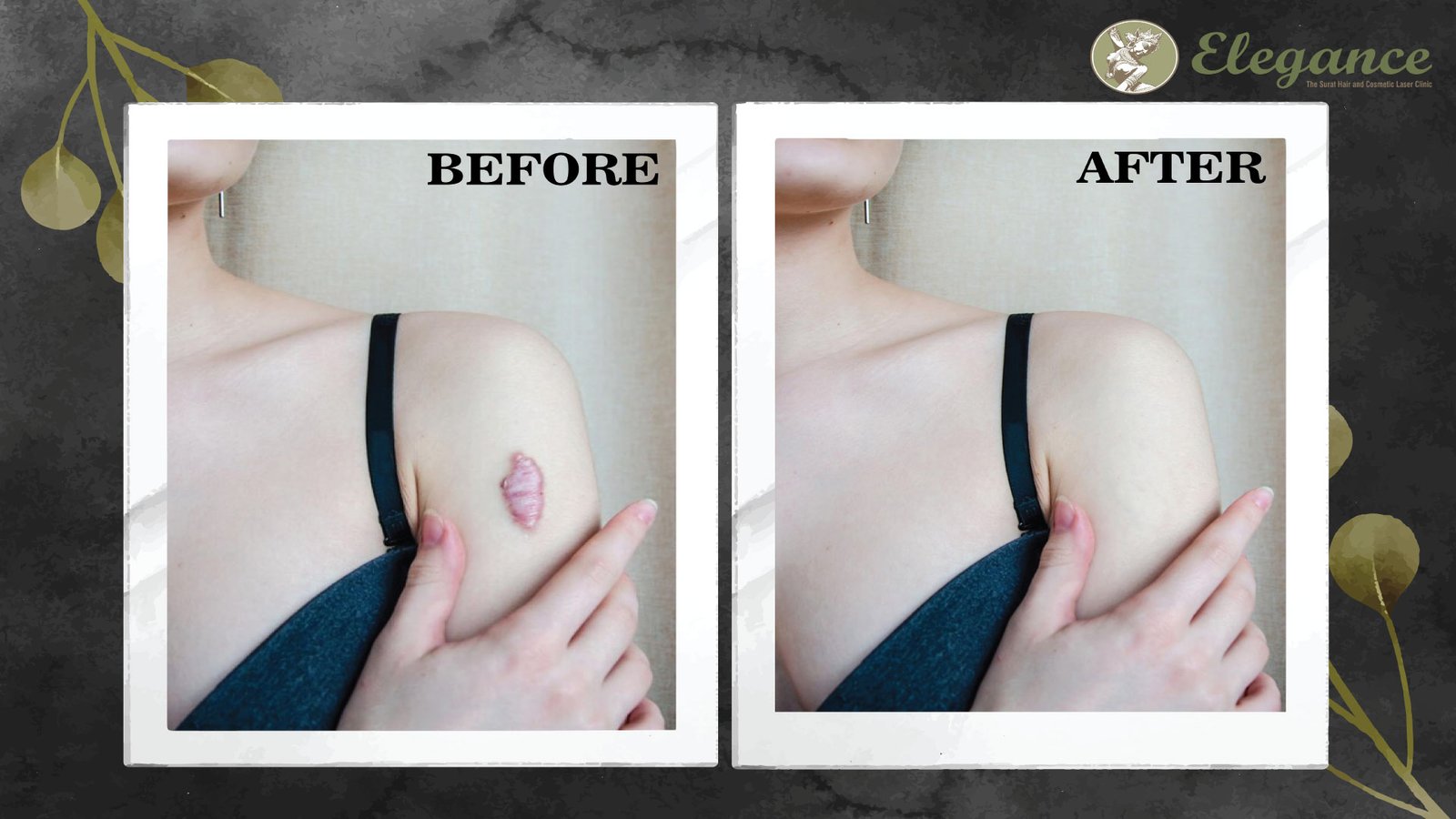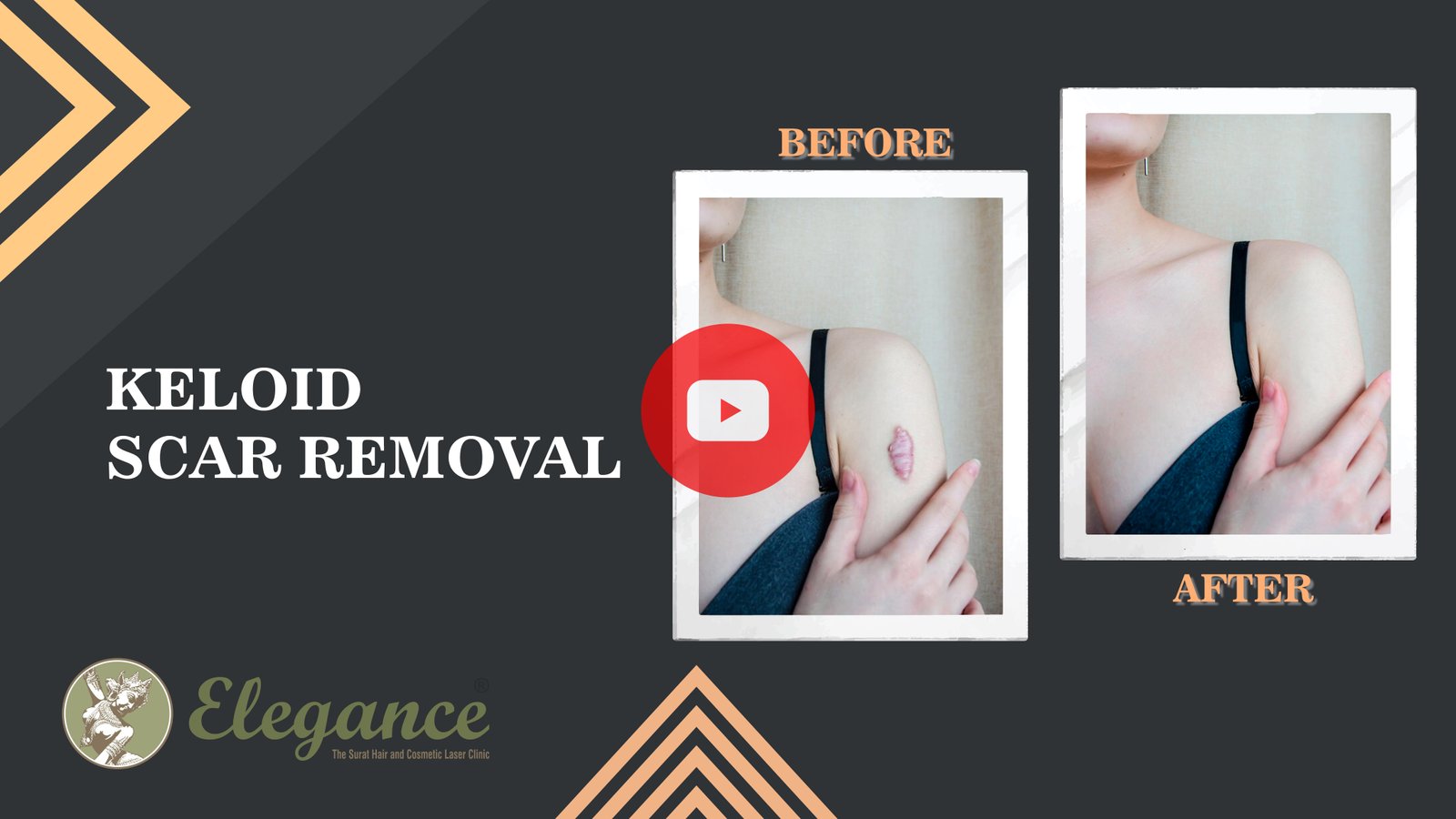Intralesional Injections

An intralesional injection occurs when a medicinal ingredient is injected directly into a lesion or into the skin. The goal of an intralesional injection is to provide a high concentration of medicine to the pathological site in order to maximize efficacy while minimizing the drug's systemic side effects.
Corticosteroids, such as triamcinolone acetonide, are the most commonly used medicine for intralesional injections. Localized inflammatory, hyperplastic, and hypertrophic lesions are treated with intralesional steroids. You should not use intralesional injections (herpes simplex) in or around an active bacterial skin infection (impetigo, atypical mycobacteria, etc.).
If the patient is allergic to the drug or excipient, it should not be utilized. A broad or severe lesion may not be suitable for intralesional injections. The most common concentrations of triamcinolone acetonide in Australasia are 10 mg/mL and 40 mg/mL. The dose is determined by the lesion's nature, size, and location.
Dermatological and non-dermatological illnesses have been treated with intralesional corticosteroid (CS) injections with mixed results. The injection aims to maximize medication concentration in the affected area while minimizing systemic absorption.
The dose and time between injections are determined by the type, size, and severity of the lesion, as well as the prior injections' reaction. The method of injection is the most important factor in the efficacy of injections as well as the development of problems.
If you have any questions regarding our services, please contact us or call at +91 9879546805.






